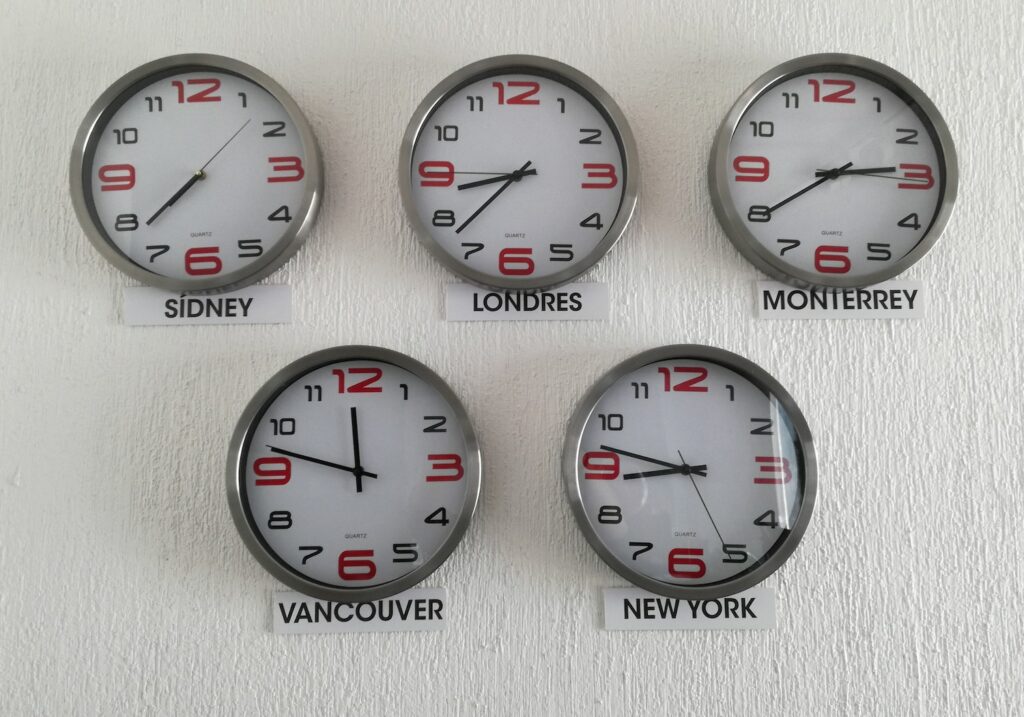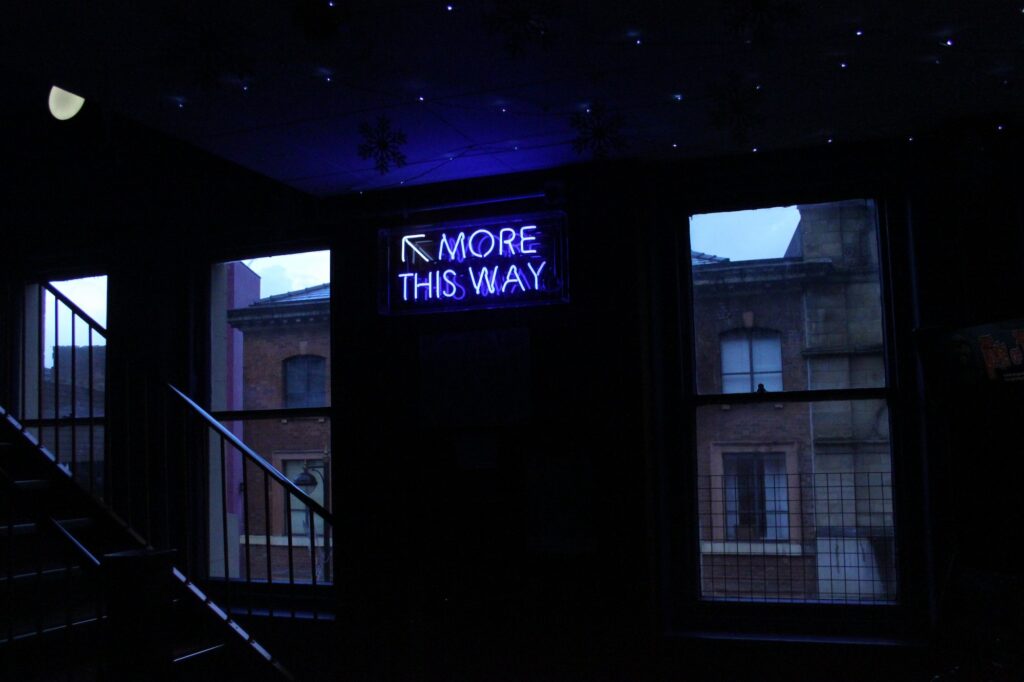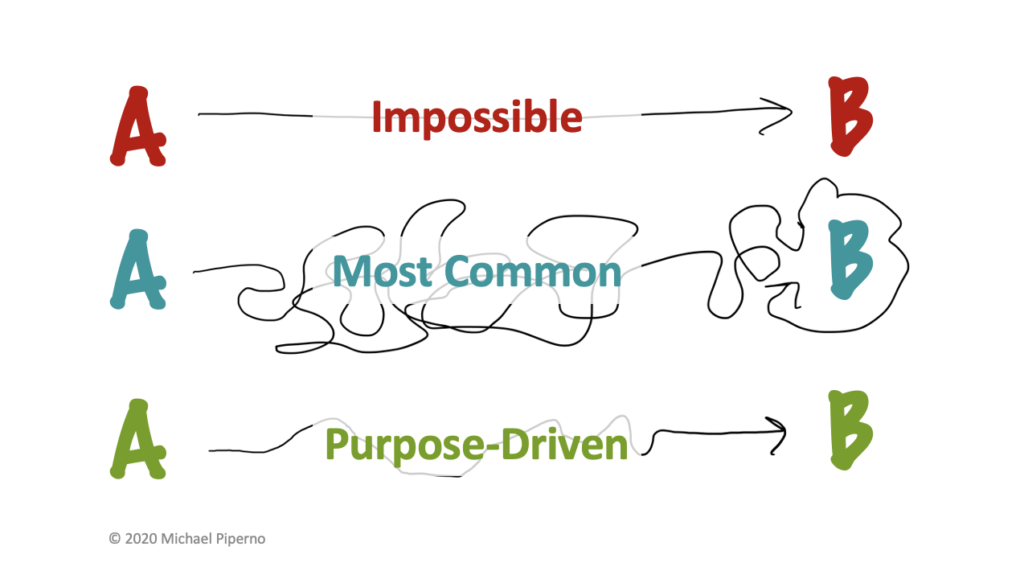Since March of 2022, I’ve met more new people than I likely have in the past 10 years. Remote work, virtual meetings, and online networking have expanded my network immensely. It’s one of the silver linings from living through a global pandemic.
As thankful as I am for this broadened network of friends and colleagues, I learned something about myself and my comfort zone when meeting new people.
I’m better at it when I’m in person.
As a self-professed introvert (who’s comfortable being an extrovert when it’s going to help others), I’ll admit I enjoyed virtual networking at first. It’s easier to go to an event, you can hide if you’re feeling awkward, and you can duck out anytime with a simple chat note, “Sorry, have to run for another meeting….”
But something was missing. After numerous group networking calls and countless one-on-ones, I was not really connecting with people like I do when I’m with them in person. Even after giving remote workshops, I was leaving the virtual room feeling like I might never see any of these great people again. That was odd. I almost always make a new friend or deepen a work colleague relationship during in-person workshops.
This post was inspired by several in-person interactions I had with strangers during some recent work-related travel. First, while waiting to see if my plane to the west coast would be delayed or cancelled, I started a conversation with a young professional on her way home. Actually, I can’t recall who started the conversation, but we talked about our jobs, where we lived, what we liked and disliked about both, and other little things. We connected. It was nice. No expectations, no sell, no obligations. Just connection.
On my flight, I sat next to someone who was traveling home after several weeks in the Philadelphia area. We said hello as we took our seats and started talking about where we were both from and where we live now. She confessed to me that she had packed a suitcase full of Italian sausage and kielbasa from her favorite Philly-area store to take home. (If you’re from this area and you move away, you get it. You can’t get sausage like this anywhere else, and you prepare to turn a suitcase into a cooler in a pinch.) We had such a fun conversation, and while we didn’t talk for the entire flight, we both enjoyed each other’s company for the short time we sat next to each other. Connection that we would have never had over Zoom.
While away, I was dying for coffee at 4:45 am Pacific Time (my body was still on Eastern Time) so I went down to the lobby of my hotel to find out when some coffee would be ready — or if a local coffee shop might open on the early side. The person at the front desk of the hotel and I had such a nice conversation about coffee, commuting, and other stuff that my coffee mission quickly took a back seat. Another connection with a super kind person (who did help me get my coffee fix).
Finally, on my next trip I sat next to an entrepreneur on the plane. We swapped a few success stories and sympathized together on a few challenges every entrepreneur experiences. Then we talked quickly about the work we both do. After that, he went to work on his laptop and I went on to playing games on my tablet. Next thing I know he’s introducing me by email to someone I might be able to help. Connection.
I didn’t expect any of these interactions to turn into business leads or deals. That was not the goal at all. They happened because two human beings decided to share things with each other in the moment with no expectation of a payoff. I believe these types of moments are less common when you’re on a screen as opposed to in another’s presence.
Now, I’m not saying that you can’t develop or deepen relationships remotely. You can.
For me, it’s almost infinitely easier and more fulfilling in person.







